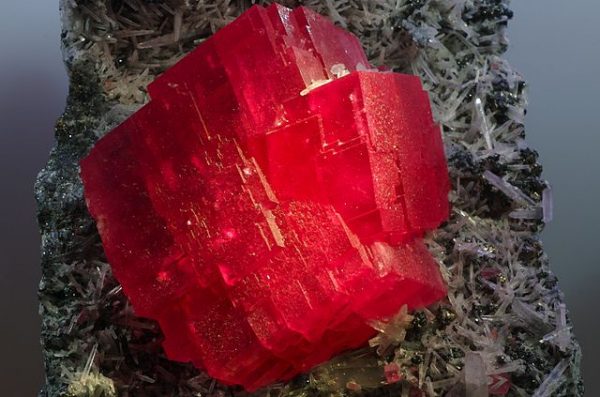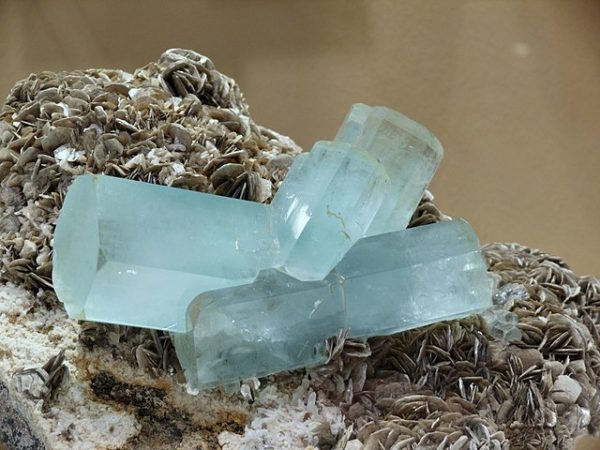One of the most frequently accessed publications in our library’s digital collection is The Minerals of Colorado and Area Locations. Published in 1960 by the Colorado Bureau of Mines, this resource lists the various minerals found in Colorado and exactly where in the state they have been discovered, including by county and by mine name (if applicable). The list includes the state’s well-known mineral resources as well as over a hundred rather obscure minerals (have you ever heard of aikinite? how about cyrargerite? or beegerite? Check the guide for where you can find them.)
Despite being published almost sixty years ago, The Minerals of Colorado and Area Locations can still be useful for anyone looking for a quick answer to where a particular mineral can be found. However, the booklet itself cautions that “with new finds, discoveries, and identifications being made from Colorado’s vast storehouse of minerals each year, it is impossible to say that this list is complete.” Therefore, if you are searching for a particular mineral be sure to also visit the Colorado Geological Survey website as well as our library’s online catalog for further resources.
Also, Common Minerals and Rocks: Their Occurrence and Uses, from 1917, is another historical publication that lists and describes the state’s minerals.
Additionally, while The Minerals of Colorado and Area Locations is helpful as a list, it doesn’t offer a map. For this, see the Colorado Geological Survey’s Geologic Map of Colorado. Two versions can be accessed online, one from 1979 and the other from 1913. which can provide interesting comparisons.
Mining played a very important role in the economic and industrial development of our state, and these early-to-mid twentieth century geology publications offer insight into the kinds of minerals that were discovered and mined during different periods in the state’s history. For a good introduction to our state’s geology, see Messages in Stone: Colorado’s Colorful Geology (Colorado Geological Survey, 2009), which can be checked out from our library. Our collection includes hundreds of publications on the state’s geological resources, past and present, so search our online catalog for more titles.


Photos by Eric Hunt (top) and Gunnar Ries (bottom), courtesy Wikimedia Commons
- How to Spot the Differences Between Eagles and Hawks - August 16, 2021
- How Transportation Projects Help Tell the Story of Colorado’s Past - August 9, 2021
- Time Machine Tuesday: The Night the Castlewood Canyon Dam Gave Way - August 3, 2021
Hi Amy,
I enjoyed your column on minerals and geology! I am interested if any uranium used for the first three atomic bombs (first one tested in New Mexico; second dropped on Hiroshima; and third dropped on Nagasaki)
came from Colorado? And if so, how much?
Any information on this you can refer me to?
Thanks,
Larry
Thanks, Larry!
The Colorado Geological Survey publication “Uranium: It’s Hot!” (http://hdl.handle.net/10176/co:3281_nr12201592internet.pdf) has a section on the history of uranium mining in Colorado. It states that while the majority of the uranium for the Manhattan Project bombs was from the Congo and from Canada, about 850 tons did come from the Uravan district in Colorado.
Other resources include the book “Yellowcake Towns” (University Press of Colorado, 2002) which gives a history of uranium mining in the American West; and “The Extractive Metallurgy of Uranium,” from Colorado School of Mines, (http://hdl.handle.net/11629/co:28891_ucsm652m561971internet.pdf) which briefly mentions the Uravan uranium’s use in the Manhattan Project.